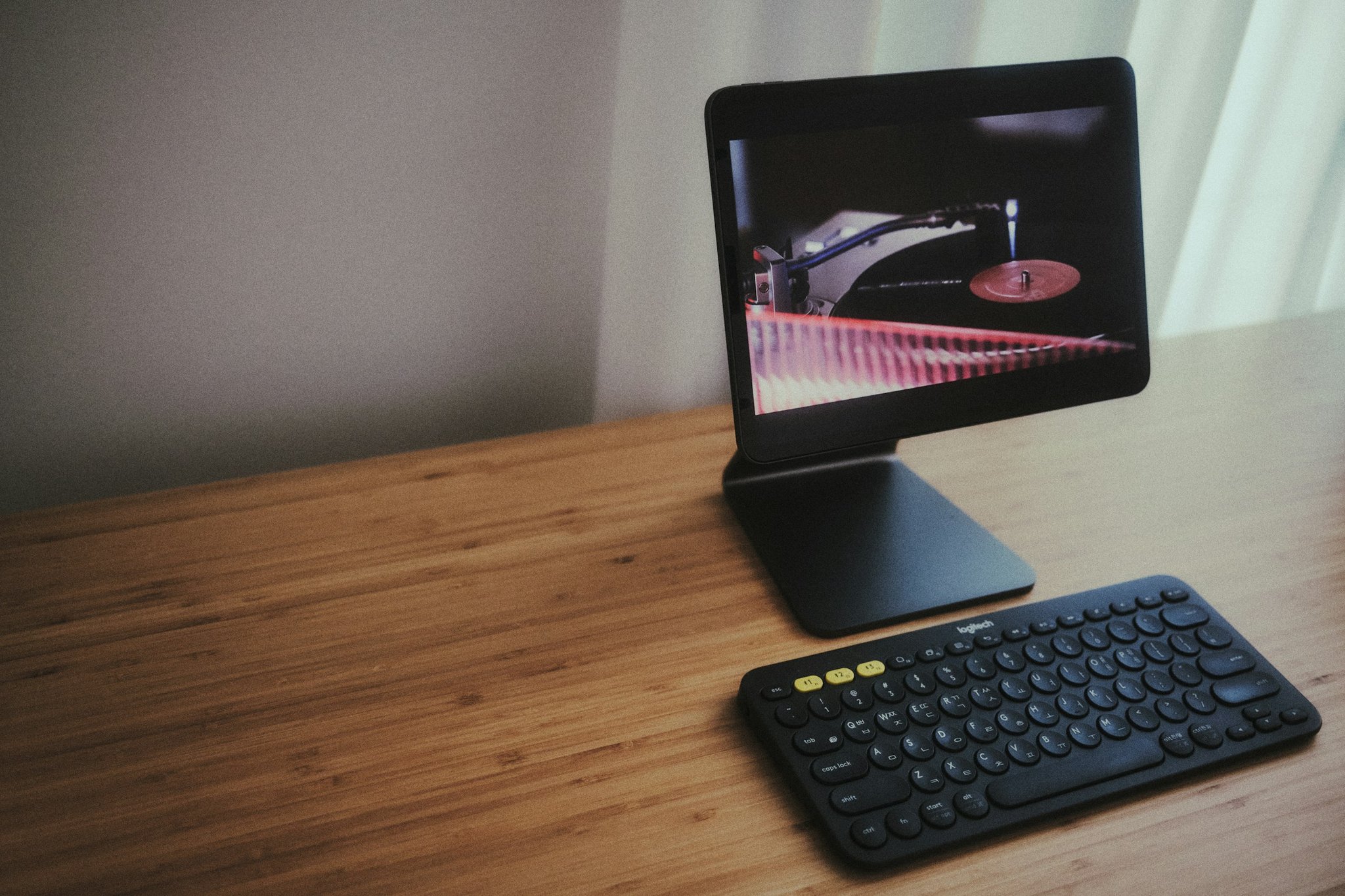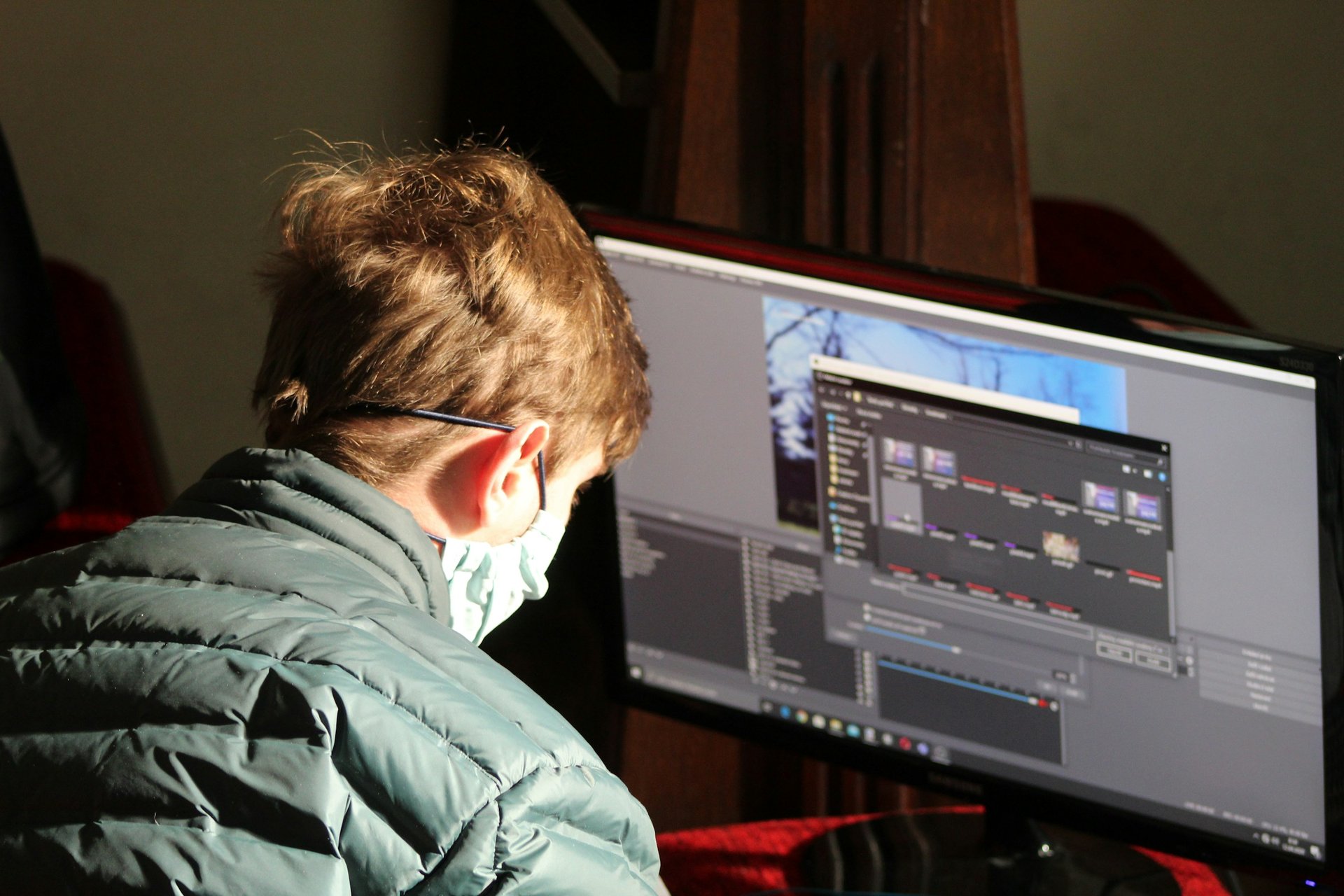5 Best AI Text to Video Generator Tools for Creating Engaging Content




A beginner-friendly guide on how to make a talking head video, from planning your script to editing like a content pro.
You're scrolling through your social media feed when a talking head video catches your attention. You listen to the short clip for a while, and your curiosity is piqued. You click to learn more. You just experienced the power of talking head videos to engage audiences. With their human element, these videos enhance communication and help connect the content and the viewer. But how do you make a good one? If you've been asking yourself this question, you've come to the right place. This article will teach you how to make a talking head video that connects with your audience and helps you achieve your goals.
SendFame's AI content maker can help you create a talking head video that meets your objectives quickly and easily. The AI talking head feature allows you to generate a script and video in minutes.

A talking head video is a straightforward yet impactful format where the speaker directly addresses the audience while looking into the camera. This style is named after its visual composition, which typically focuses on the speaker's:
The simplicity of this setup allows the viewer to feel as though they are having a personal, face-to-face conversation with the speaker.
Talking head videos have gained immense popularity across platforms like YouTube, TikTok, and Instagram due to their versatility and ease of production. They are widely used for:
The format is inexpensive and accessible, requiring only basic equipment like a camera and microphone. Its ability to create a one-on-one interaction makes it ideal for fostering trust and credibility.
Before making your first talking head video, it helps to understand what makes this format unique. Here are the main characteristics:
Despite their benefits, talking head videos can sometimes feel monotonous if poorly executed. To avoid this:

Start by crafting a clear and conversational script. Think of it as chatting with a friend;
Your script should include:
Pro Tip: Tailor your script to your audience and platform. For example, TikTok videos require shorter, snappier content than YouTube.
Choose a location with minimal distractions. A clean background helps keep focus on you. Position your camera at eye level to create a natural connection with viewers.
Practice maintaining friendly eye contact with the lens. It should feel like you're speaking directly to your audience.
Good lighting is crucial for professional-looking videos:
For single-camera setups:
For multi-camera setups:
Once everything is set:
Pause if disruptions occur and re-record if necessary.
Import your footage into editing software like iMovie (free), Adobe Premiere Pro (professional), or AI-based tools like Sendfame. Key editing steps include:
Pro Tip: Add transitions, titles, and annotations to emphasize key points.
Background music can elevate your video's tone:
B-rolls (secondary visuals) make your video more engaging.
For example:
Pro Tip: Include a compelling thumbnail and description to attract viewers.

The script holds your videos structure organizes your thoughts to facilitate precise delivery. Without a script, you'll likely ramble or forget key points, which detracts from your video's quality. While reading verbatim from a script can make your delivery sound robotic, it can be helpful to have one to avoid missing key information.
To ease the tension of using a script, create an outline or bullet points to follow instead. This way, you can maintain natural eye contact with the audience while delivering your video's content.
Lighting plays a vital role in video quality. Poor lighting can distract viewers and make your video look unprofessional.
Aim for soft, even lighting to eliminate harsh shadows. Natural light is excellent if you have a window nearby, but ring or softbox lighting kits are fantastic alternatives for controlled environments.
When talking head videos, audio quality is often more important than visual quality. Viewers will tolerate poor visuals but quickly abandon a video with muffled, echoey, or low-quality audio.
Invest in a good microphone, like a lavalier or shotgun model, to avoid this. These can significantly boost your audio quality and help your video sound more professional. Next, record in a quiet environment. If you're in a room that echoes, use soundproofing materials like foam panels or blankets to absorb noise.
Even with good visuals and audio, viewers will lose interest in your talking head video if the presentation is dull. A monotonous tone or lack of expression can make your video boring and disengaging.
To avoid this fate, practice varying your tone and using gestures to emphasize key points. Consider recording practice sessions to refine your delivery before it's time for the real thing.
Relying solely on the speaker's footage can make the video static and one-dimensional.
Use multiple camera angles for visual variety. Nielsen Norman Group suggests that changing visuals every few seconds significantly boosts viewer engagement.
An unprepared setup can distract viewers from your message. For example, a cluttered background or shaky camera can draw attention away from your content and make your video feel disorganized.
To avoid this, choose a clean, uncluttered background that complements your topic. Also, use a tripod or stabilizer for steady shots.
Neglecting post-production steps like editing, adding subtitles, or incorporating background music can leave your video unfinished. Instead, edit out unnecessary pauses or mistakes.
Add captions for accessibility and improved viewer retention. Use royalty-free music to enhance emotional appeal without overpowering the dialogue.
Create Epic
SendFame